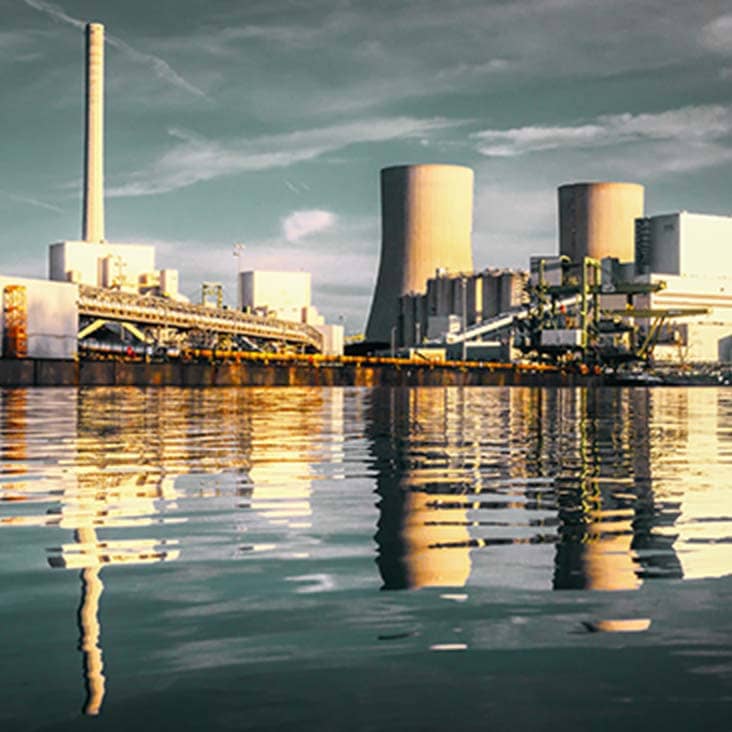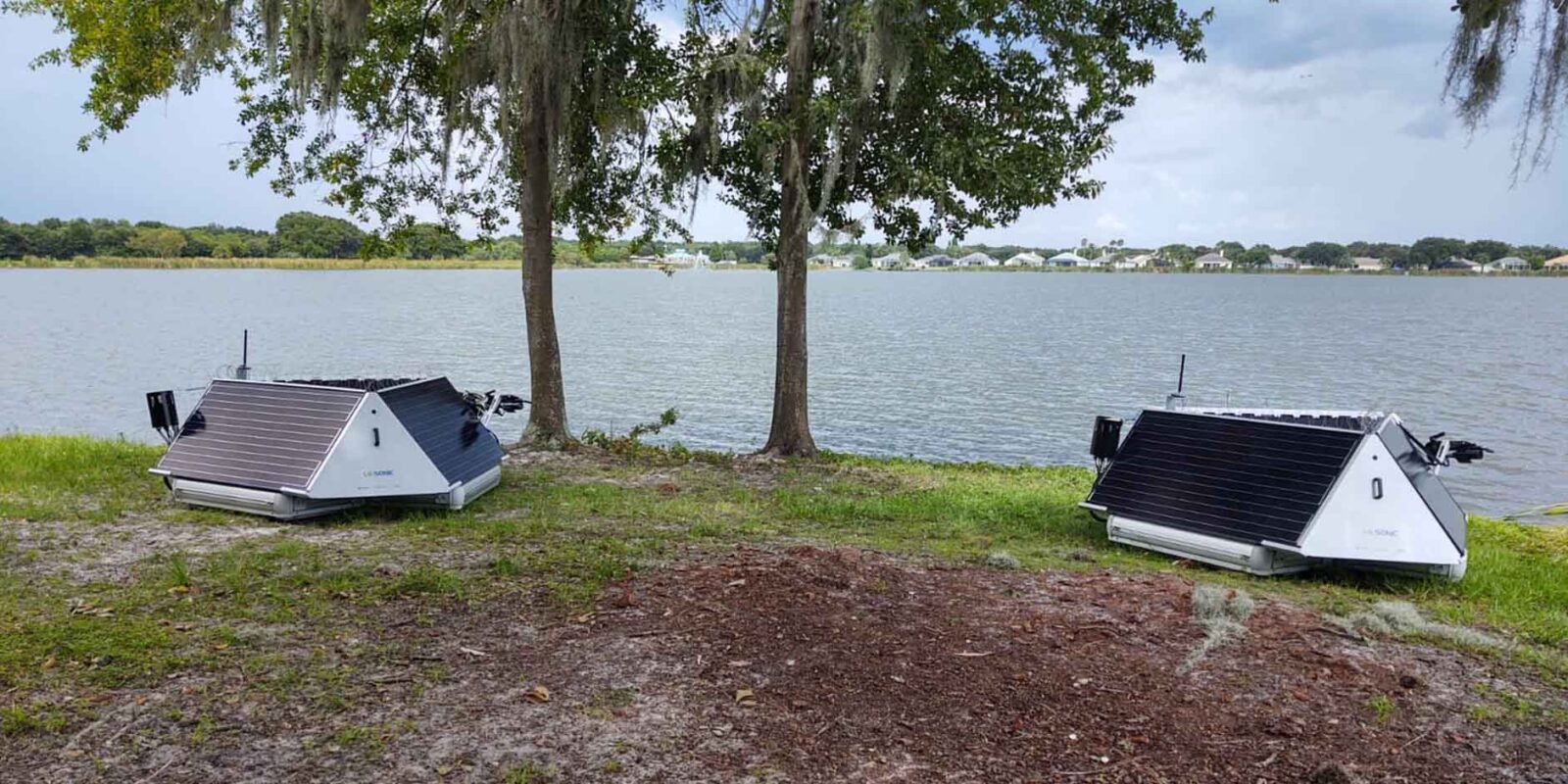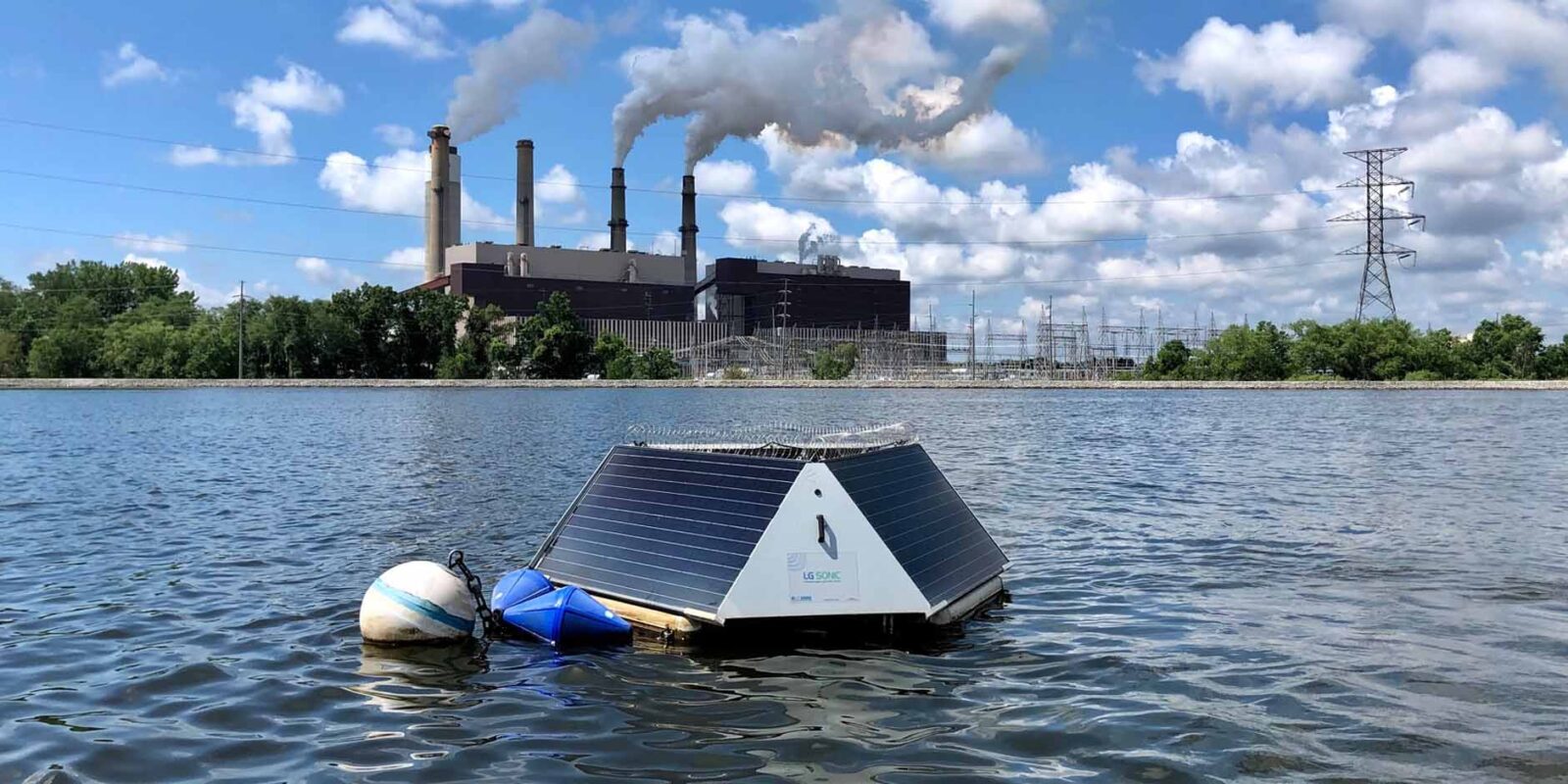Reduce pH levels of the discharge
Excessive algae growth in cooling ponds of power generation facilities can be a significant cause for pH levels to exceed NPDES permissible limits.
In electric power generation facilities, cooling ponds are used for storing heated water and supplying cooling water to the power plant. When discharging the cooling water, power plants need to comply with NPDES effluent requirements. Control algal blooms with LG Sonic ultrasound technology to lower pH, TSS and BOD levels.
Talk to an expert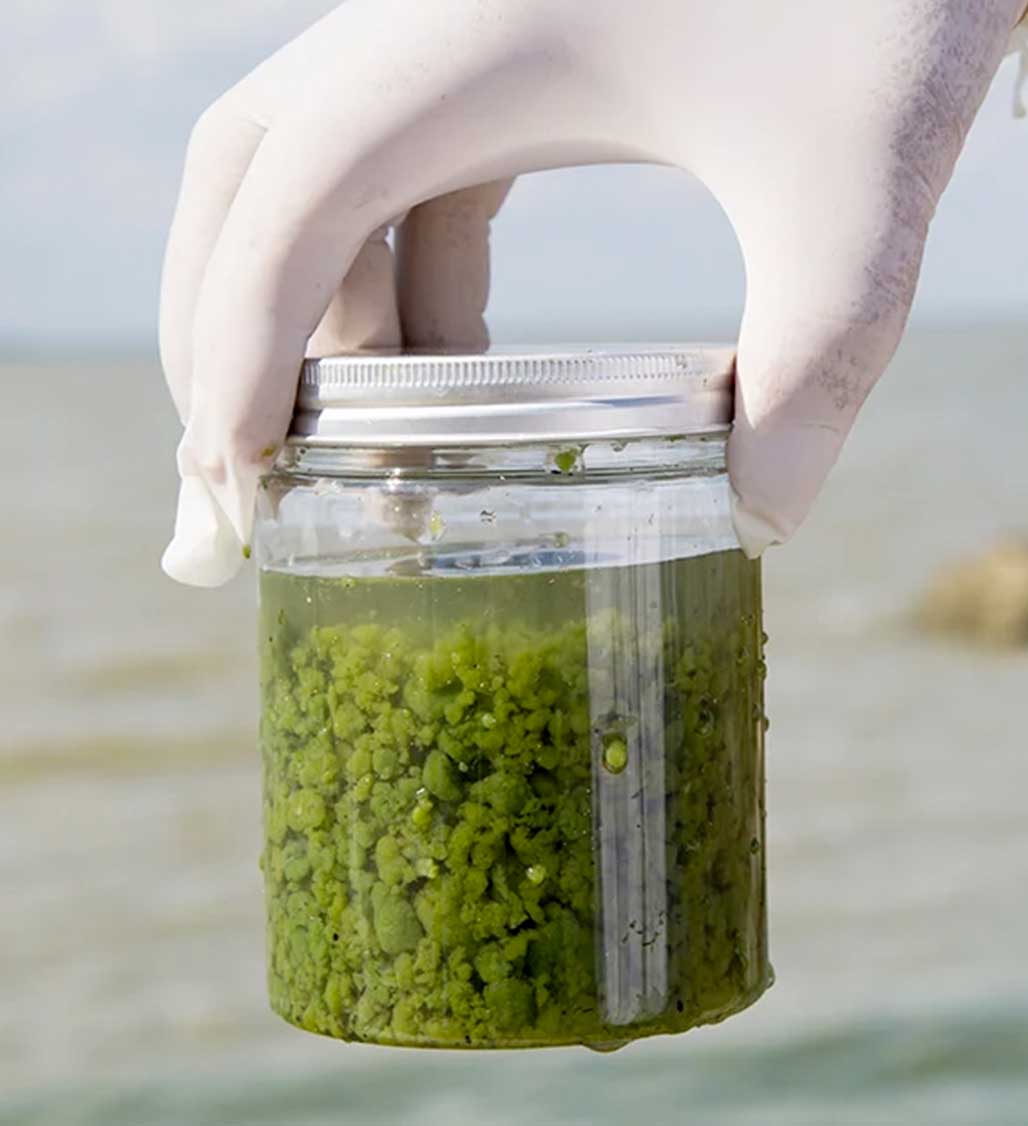
Benefits of ultrasonic algae treatment
Lower chemical expenses
Improve operations of filters and pipes
Prevent toxic algal blooms
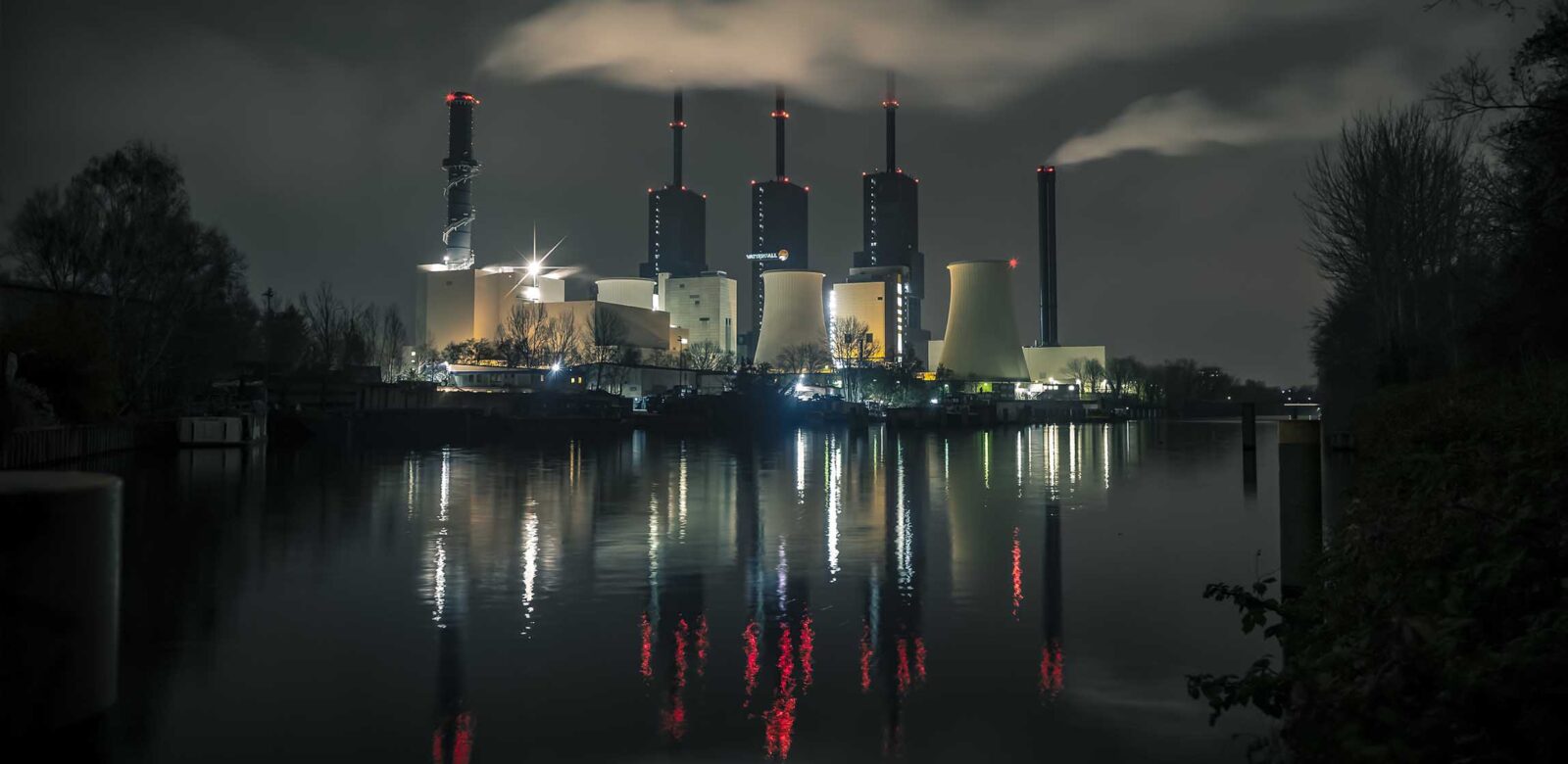
Causes of elevated pH
- Algae levels
- Nutrients
- Chemicals
Elevated pH levels can be caused by a various range of mechanisms such as algal growth, high nutrient levels of the source water, and chemicals used in cooling operations in the power plant.
Excessive algal growth causes pH levels to increase through photosynthesis, in which carbon dioxide is rapidly extracted from the water source water with high salt content entering the cooling pond can provoke e an increase of pH levels.
Nutrient-rich water can indirectly influence pH levels too, by accelerating algal growth.
MPC-Buoy
All-in-one solution for controlling algae in drinking water reservoirs.
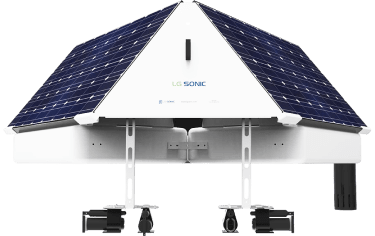
Questions?
Receive more information and a free quotation.
keep your knowledge up to date
Frequently asked questions
-
What is the impact of LG Sonic ultrasound on zooplankton?
Recent studies commissioned by the Dutch water board and conducted by research agency Ecofide have concluded that the LG Sonic ultrasound is safe for fish, plants, zooplankton, and other aquatic organisms.
-
Why control the algae if nutrients are the problem?
Reducing nutrients is, of course, also necessary but difficult to achieve, even in the long-term. The majority of nutrient management methods are costly and require frequent dosing with unknown side-effects for the aquatic ecosystem. Besides, the duration and intensity of algal bloom events is strongly depended not only on nutrients but also on a combination of environmental factors, such as climate change, weather patterns, and an unbalanced ecosystem.
-
What kind of water does your ultrasound work in?
The MPC-Buoy technology can be installed in freshwater, salt water, and brackish water.
-
What’s the largest water body that has LG Sonic implemented? Any issues linking many buoys?
We have multiple projects with large numbers of MPC-Buoy units installed. For example, in Dominican Republic, 50 MPC-Buoys are in operation in a 7km2 reservoir. The buoys communicate with each other for optimal treatment.
-
What's the minimum depth of water required for LG Sonic treatment?
We recommend a minimum water depth of 3 feet / 1 meter.
